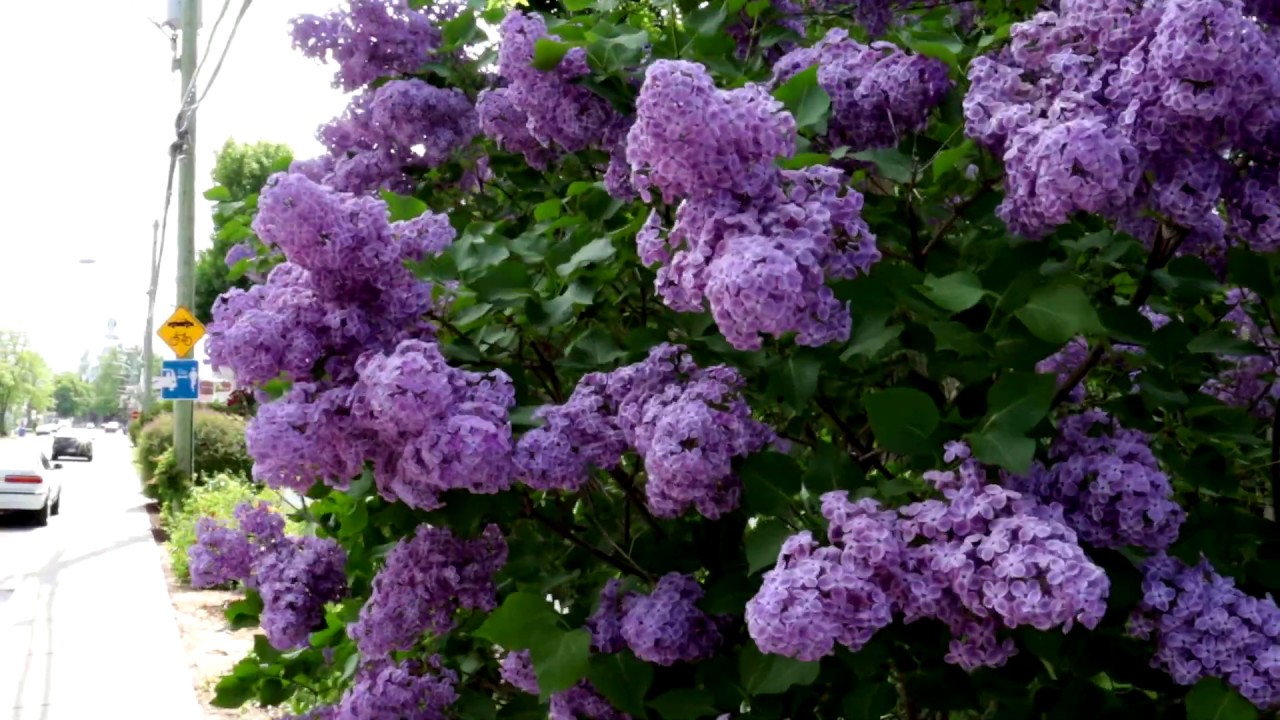How to Make Lilac Bushes Bloom More A 10-Step Guide
Lilacs are treasured spring blooming shrubs, lighting up gardens with their sweet fragrance and colorful flowers. But sometimes these classic plants fail to flower abundantly. By providing proper care and growing conditions, you can encourage your lilac bushes to bloom more profusely. Follow this 10-step guide to get the maximum floral display from your lilacs year after year.
Choose a Sunny Location
Lilacs need at least six hours of direct sunlight every day in order to bloom a lot. Morning sun is especially important. Avoid planting lilacs in spots that get shade in the afternoon and put them where they will get the most sun. Dappled sun or partial shade will limit flowering.
Provide Well-Drained Soil
Lilacs thrive in evenly moist, fertile soil with good drainage. Before you plant, add two to three inches of compost to the soil to make it better and add nutrients. Avoid soggy, clay soil that doesn’t drain well. Put a layer of mulch around the base of plants to keep water in and keep weeds away.
Space Plants Properly
Don’t plant lilacs too close together. Overcrowding leads to fewer blooms. Refer to the expected mature size and allow 8-15 feet between most varieties depending on their spread. Give dwarf types like ‘Bloomerang’ at least 5 feet.
Prune Every Year
Annual pruning in late winter or early spring is vital for maximizing blooms on lilacs. Remove dead and damaged branches. Also thin out older stems to open up the center and shape as needed. Never shear lilacs into balls.
Time Pruning Properly
When you prune is critical. Lilacs form flower buds during summer and fall for the following spring. Prune soon after blooming since buds for the next season haven’t developed yet. Don’t prune after mid-July or you’ll remove buds.
Provide Even Watering
Lilacs bloom best with consistent soil moisture. Water shrubs weekly if rain is lacking, providing 1-2 inches per week. Mulch retains moisture while reducing water needs. Avoid both severe drought and overwatering.
Limit Root Competition
Lilacs shouldn’t be planted near trees or shrubs with strong roots. Other plants’ roots will compete for water and nutrients, which will make blooms less likely. Install a root barrier when planting lilacs near potential competitors.
Choose Fertilizer Carefully
Too much nitrogen fertilizer results in foliar growth at the expense of flowers. Use a balanced organic fertilizer, or one slightly higher in phosphorus to promote blooms. Apply in early spring when growth resumes and again after flowering.
Disbud Flower Clusters
Overcrowded blooms on a stem fail to develop properly. In early spring as buds swell, pinch off extra buds leaving 4-6 buds per stem. Disbudding allows remaining buds to form into large flower panicles.
Deadhead Faded Blooms
Removing spent blooms prompts lilacs to produce more buds during summer rather than setting seed. Deadheading also improves appearance. Cut off flower clusters right above the first leaf after blooms fade.
With the right growing conditions and proper care, these tips will help your lilac bushes reward you with an abundance of sweetly scented flowers each spring. Pay attention to sun exposure, soil preparation, watering, fertilizing, pruning and blooming habits for the best results.

Question: A lilac that was planted three years ago has never bloomed. Can I do anything to encourage the lilac to flower?
Common lilacs, also called French hybrid lilacs, don’t usually bloom for five years or more after they are planted. The shrubs must grow and mature before they are capable of flowering. Selecting a favorable planting site and good cultural practices during establishment encourage lilacs to flower as quickly as possible.
Soil and Light Requirements
Lilacs perform best in well-drained soils in full sun. Plants should receive at least six hours of direct sun each day. Lilacs planted in partial shade will not bloom well.
Good care during the first two or three years is also important. Apply a 2- to 3-inch layer of mulch around each shrub to conserve soil moisture and control weeds. Water lilacs on a regular basis during dry weather. Also, protect lilacs from browsing rabbits by placing wire fencing around the shrubs in fall.
While good cultural practices will aid plant growth, some practices may actually inhibit flowering.
It is generally not necessary to fertilize lilacs. However, lilacs can be lightly fertilized in early spring. Heavy fertilization may promote excessive vegetative growth and discourage flowering.
4 Expert Tips for Spectacular Lilac Blooms
FAQ
How do I encourage lilac to bloom?
Cutting off lilac flowers—Getting rid of the dead flowers on your lilac bush will help it bloom more next year.
How do I prune lilacs to get more flowers?
Finally, here are some general tips for pruning lilacs: Cut back mature lilac bushes so they stay within 6 to 8 feet of each other. Aim to have 10 to 12 main stems, each of them 1 to 2 inches thick. Never prune more than one-third of the bush. Create a balance of older stems and new flowering shoots.
Why are my lilacs not flowering much?
The most common cause is lack of adequate sunlight. Syringa lilacs need to be planted somewhere that gets at least six hours of strong, direct sun every day. They are very tolerant of different moisture conditions as long as they are planted in well-drained soil.
What can I feed lilacs to make them bloom?
Fertilizing lilacs with a high phosphorus formula in early spring promotes blooming. Grass clippings and coffee grounds can be used as a good source of nitrogen. Use sparingly, as too much nitrogen in the soil will result in poor blooms. Lilacs grow best in slightly alkaline (6.5 to 7.0 pH), moist, well-drained soil.
